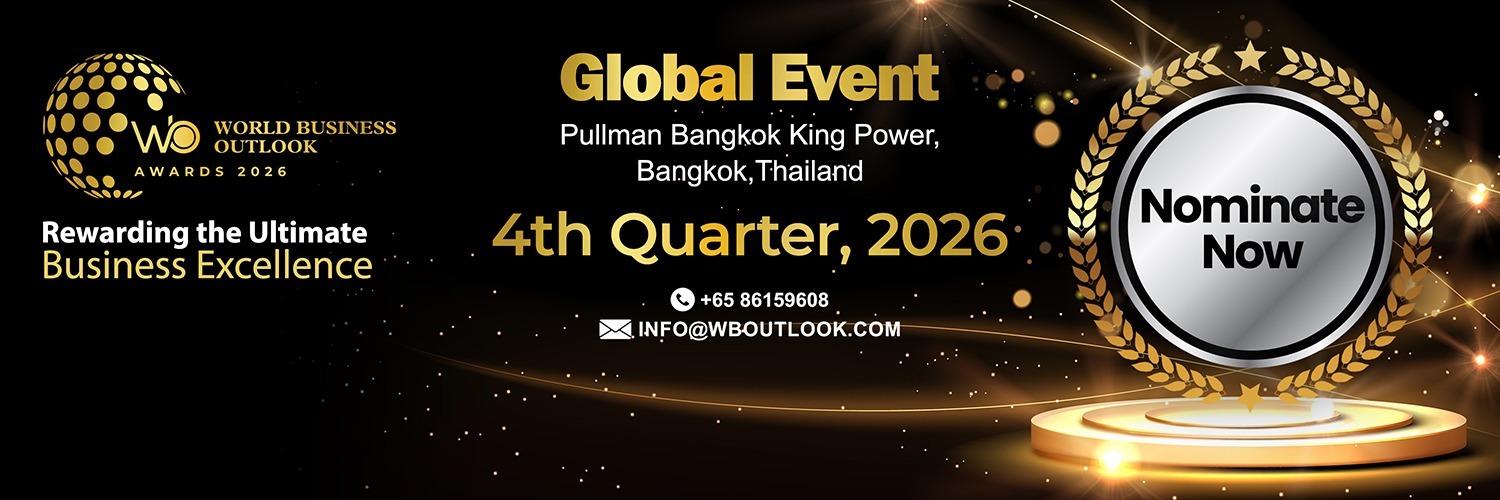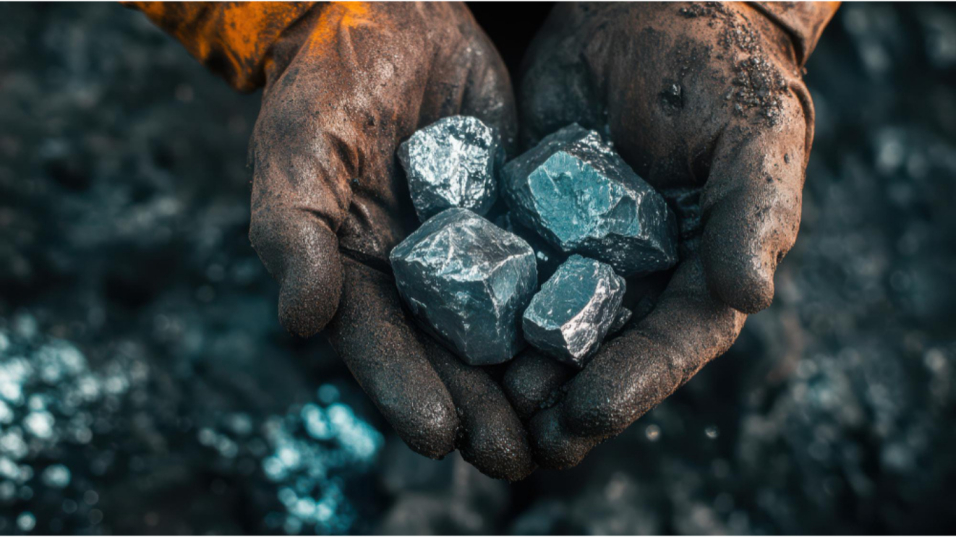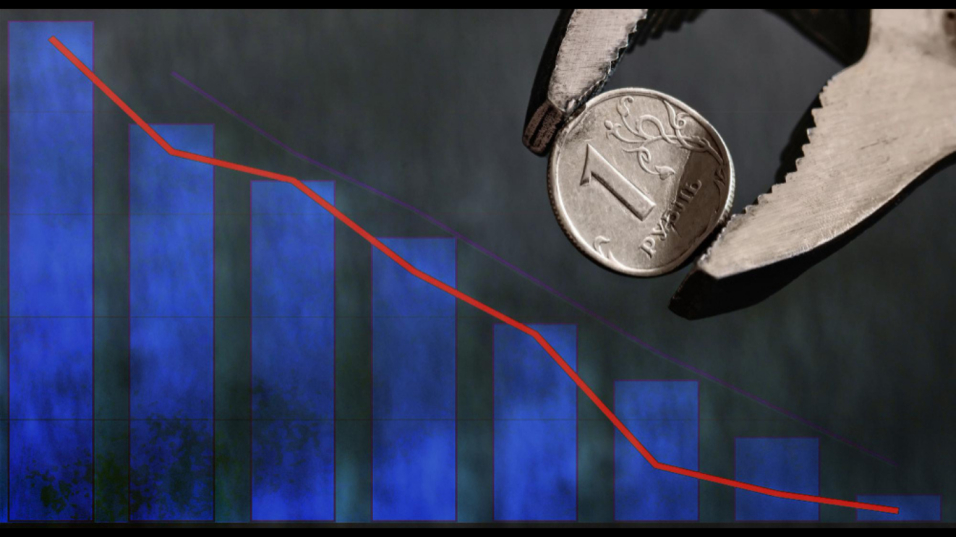Every brand wants to go global. The dream is simple. People in Tokyo, Paris, New York, and São Paulo all know your name. But going global is not just about shipping products overseas. It is about building a reputation that works across cultures, languages, and markets.
So here is the big question. How do you build a global brand reputation that lasts? The answer is part strategy, part consistency, and part being ready to handle problems before they spiral.
Why Global Reputation Matters More Than Ever
Today, customers have more choices than ever. A shopper in France can order from a California startup in seconds. A fan in Brazil can watch a brand’s founder speak live on Instagram. That reach is powerful, but it also means mistakes spread worldwide instantly.
According to Edelman’s 2023 Trust Barometer, 71% of people say trust in a brand is more important today than it was five years ago.
What Makes Building a Global Reputation Hard
A story in one country can spread to another overnight. If a Canadian newspaper criticizes your business practices, the headline may be quoted in Spanish blogs and Japanese Twitter threads. Local issues become global reputational risks.
Online Permanence
The internet never forgets. Even after you apologize or change direction, old stories live on in search results. That is why some companies invest in negative content removal to prevent past mistakes from haunting new markets.
Steps to Building a Global Reputation
Step 1: Define a Core Identity
Global brands need one consistent identity that still allows local adaptation. Think of it like a wardrobe. You have signature pieces that never change, but you swap accessories depending on where you are.
For example, Apple markets sleek design and innovation everywhere. But in Japan, they highlight camera features because photography is a bigger consumer focus there.
Step 2: Listen Before You Launch
Too many companies push campaigns abroad without research. Before entering a new market, listen. Study local media, consumer trends, and cultural norms. Partner with locals who understand how people see brands.
One U.K. clothing brand learned this the hard way when it tried to expand into South Korea. Their ads focused on “casual comfort.” But South Korean buyers wanted “performance wear.” Sales flopped until they adjusted.
Step 3: Control Your Search Results
When someone googles your brand, what do they see? If local search results show outdated press or harsh reviews, you will lose trust before customers even visit your site. That is why SEO and content control matter as much as advertising.
Step 4: Be Transparent in Crisis
No brand is perfect. Mistakes will happen. What matters is how you handle them. Do not go silent or bury the story. Issue a clear, direct statement. Own up to the problem, fix it, and communicate what you learned.
Transparency plays well across cultures. Customers forgive mistakes when they see.
Step 5: Celebrate Local Wins
Going global does not mean ignoring local success. Share customer stories from each region. Highlight local partnerships. This shows you are not just parachuting into markets but actually investing in them.
Tools That Help Manage Global Reputation
The right tools make building and protecting a global reputation easier. Here are three worth considering:
Erase
Best for cleaning up harmful links. Erase specializes in removing damaging or outdated stories from search engines. If you are expanding into new markets, Erase ensures old controversies do not show up first.
Reputation Recharge
Best for boosting visibility. This service focuses on creating and ranking positive content so it outruns negative press. Great for brands launching in new markets with little online history.
Brand24
Best for monitoring across borders. Brand24 tracks mentions of your brand across blogs, forums, and social platforms in multiple languages. Perfect for catching early signs of trouble before they go global.
Using these tools together gives you coverage from prevention to promotion to real-time monitoring.
Final Thoughts
So, how do you build a global brand reputation that lasts? You do it by combining consistency with local sensitivity. You own your search results, stay transparent during crises, and celebrate local wins.
Reputation is no longer tied to one country or one audience. It travels. That makes it fragile, but also powerful if managed well.
Invest in monitoring, have a playbook ready, and use tools like Erase, Reputation Recharge, and Brand24 to back you up. Global reputation is not about luck. It is about strategy, timing, and action.
Article received via email































